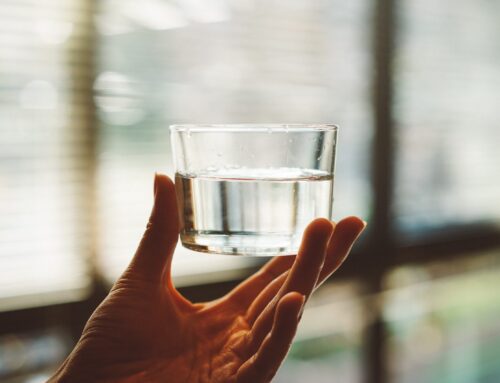
The market offers a variety of bottled water delivery service each employing distinct technologies to combat water hardness. Understanding the differences between these systems is crucial for homeowners seeking the most suitable solution for their specific needs. Let’s compare some common types of bottled water delivery service available on the market:
Salt-Based bottled water delivery service:
Mechanism: Utilizes ion exchange with resin beads coated with sodium ions.
Pros: Highly effective in removing calcium and magnesium ions, providing comprehensive water softening.
Cons: Requires regular salt replenishment in the brine tank, and the discharge of brine can be a concern for environmentalists.
Salt-Free bottled water delivery service (Conditioners):
Mechanism: Uses template-assisted crystallization or other technologies to transform hardness minerals into crystals, preventing them from adhering to surfaces.
Pros: Environmentally friendly, no need for salt replenishment, and maintenance is generally simpler.
Cons: May not provide the same level of water softening as salt-based systems, and the effectiveness can vary depending on water hardness levels.
Dual-Tank bottled water delivery service:
Mechanism: Consists of two resin tanks, ensuring continuous soft water supply while one tank regenerates.
Pros: No downtime for water softening during the regeneration process, suitable for households with high water demand.
Cons: Typically more expensive than single-tank systems, and installation may require more space.
Magnetic or Electronic bottled water delivery service:
Mechanism: Uses magnets or electronic pulses to alter the structure of hardness minerals, preventing them from sticking to surfaces.
Pros: No need for salt or chemicals, low maintenance, and compact design.
Cons: Effectiveness is a subject of debate, with varying results reported by users. May not provide the same level of softening as traditional systems.
Reverse Osmosis Systems:
Mechanism: Filters water through a semi-permeable membrane to remove impurities, including minerals causing hardness.
Pros: Provides not only water softening but also purification. Removes a wide range of contaminants.
Cons: Typically used for drinking water rather than whole-house softening. Wastewater is generated during the process.
Choosing the right water softener depends on factors such as water hardness levels, household water consumption, and personal preferences. It’s essential to consider the pros and cons of each type to make an informed decision that aligns with your specific requirements.



